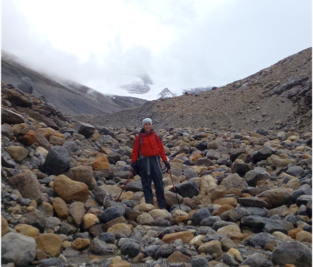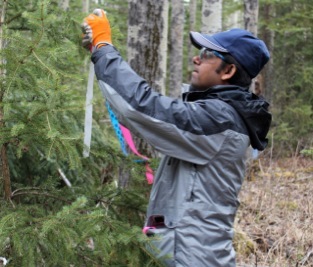CURRENT Group members









Aria haHN, M.Sc. STUDENT
I am studying soil microbial communities (SMC) and their development in both reclaimed and natural soils. The SMC is responsible for many biogeochemical processes including soil organic matter formation and nutrient cycling. I am studying SMC development after the initiation of reclamation in the Athabasca Oil Sands Region, and hope this work will contribute to the advancement of reclamation techniques. I am also interested in processes by which newly exposed environments undergo SMC development in natural settings and hence, I am also working along a glacial retreat chronosequence. Understanding more about microbial development and succession in glacial environments has implications for both global warming and reclamation.
TYREL HEMSLEY, MS.C. STUDENT
My research focus is on atmospheric nitrogen deposition on reclaimed soils in the Athabasca Oil Sands Region. I am currently quantifying the amount of wet N deposition received on these soils in both aspen and jack pine dominated stands and determining if there is a relationship to soil N availability. I am also looking into the use of N saturation indicators on selected sites to determine the fate of N and evaluate the N cycling on these sites.
MAthew SWallow, Ph.D. STUDENT
My PhD research covers a broad range of topics relating to soil microbial communities within forest floors in northern Alberta. I started in the fall of 2005 studying the effects of slash harvest and slash harvest followed by prescribed burning upon forest floor microbial communities in aspen, white spruce and mixedwood stands. Other areas of interest are moisture mediated effects on microbial communities in white spruce and aspen litter, effects on aspen growth through the interactions of protozoa and bacteria, substrate use efficiencies of bacteria and fungi in forest litter, and protozoan diversity in reclaimed areas of the Athabasca Oil Sands.
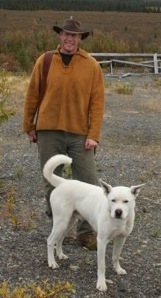








Charlotte Norris, Ph.D. STUDENT
I am investigating soil biogeochemical cycling of carbon and nitrogen using stable isotope tracers (13C and 15N) in different systems of the boreal forest. With changing climate the range of aspen is expected to increase and may result in a corresponding increase in soil carbon sequestration and nutrient availability. My first research question is to assess whether a shift in organic matter inputs from more complex (spruce) to higher quality (aspen) compounds causes a shift in the microbial community structure and function and subsequently in carbon and nitrogen fluxes. The second focus of this project is to investigate if differences exist in nutrient cycling between reconstructed soils, harvested soils and a natural climax stand. This project is being performed in collaboration with Alberta Innovates Technology Futures, Syncrude Canada (in association with CONRAD), and Natural Resources Canada Pacific Forestry Centre.
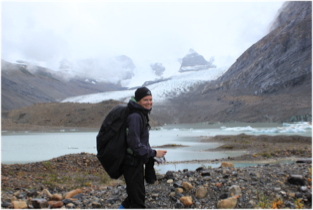








I am from France and did my PhD at the University of Paris Diderot and the IPGP (Paris, France), in the Water Geochemistry Lab. I studied carbon dynamics in wet tropical watersheds from the Guadeloupe Island. I am currently using incubation experiments to investigate specific interactions between different labeled carbon substrates and soil microbial communities. I am also working on the Ecosys model to develop a mechanistic model of carbon and nitrogen fluxes in natural boreal soils as well as in reclaimed soils.
EMILy LLORET, PDF
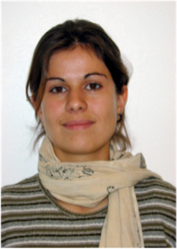








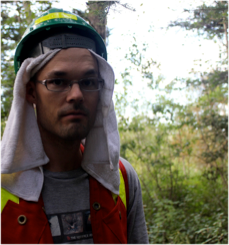








SANATAN DAS GUPTA, Ph.D. STUDENT
My current research is about nutrient dynamics in the plant-soil-microbe continuum of disturbed and reclaimed ecosystems. I am specifically looking at the spatio-temporal variability of nutrient cycling in oilsands mine disturbed areas of north Alberta and comparing those with fire disturbed ecosystems (a very common natural disturbance event in the boreal). The key objective is to understand the reclamation trajectory of oilsands mine areas by comparing them to benchmark conditions in natural ecosystems. The specific processes that I am most interested in are: microbial nutrient transformations, organic matter dynamics, plant nutrient availability and uptake, and biochar mediated soil fertility.
I attended an engineering school of Agronomy in Rennes (France) and graduated in 2004 with a specialization in environmental engineering and pedology. Then I worked within a French agricultural institution as an agro-pedologist and cartographer before deciding to trade the loamy soils of the Paris basin for the stony podzols of Quebec (and the buzzing sound of farm tractors for that of black flies). My PhD is part of the C*FIRE project, which aims at better characterizing the carbon cycle in Quebec black spruce forests. My research is focusing on the black carbon (charcoal) produced by wildfires. More specifically I am studying the properties of black carbon formed under different fire severities as well as the influence of various fire regimes (severity and frequency) on the production and storage of black carbon in those ecosystems.
LAURE SOUCéMARIANADIN, Ph.D. STUDENT



















